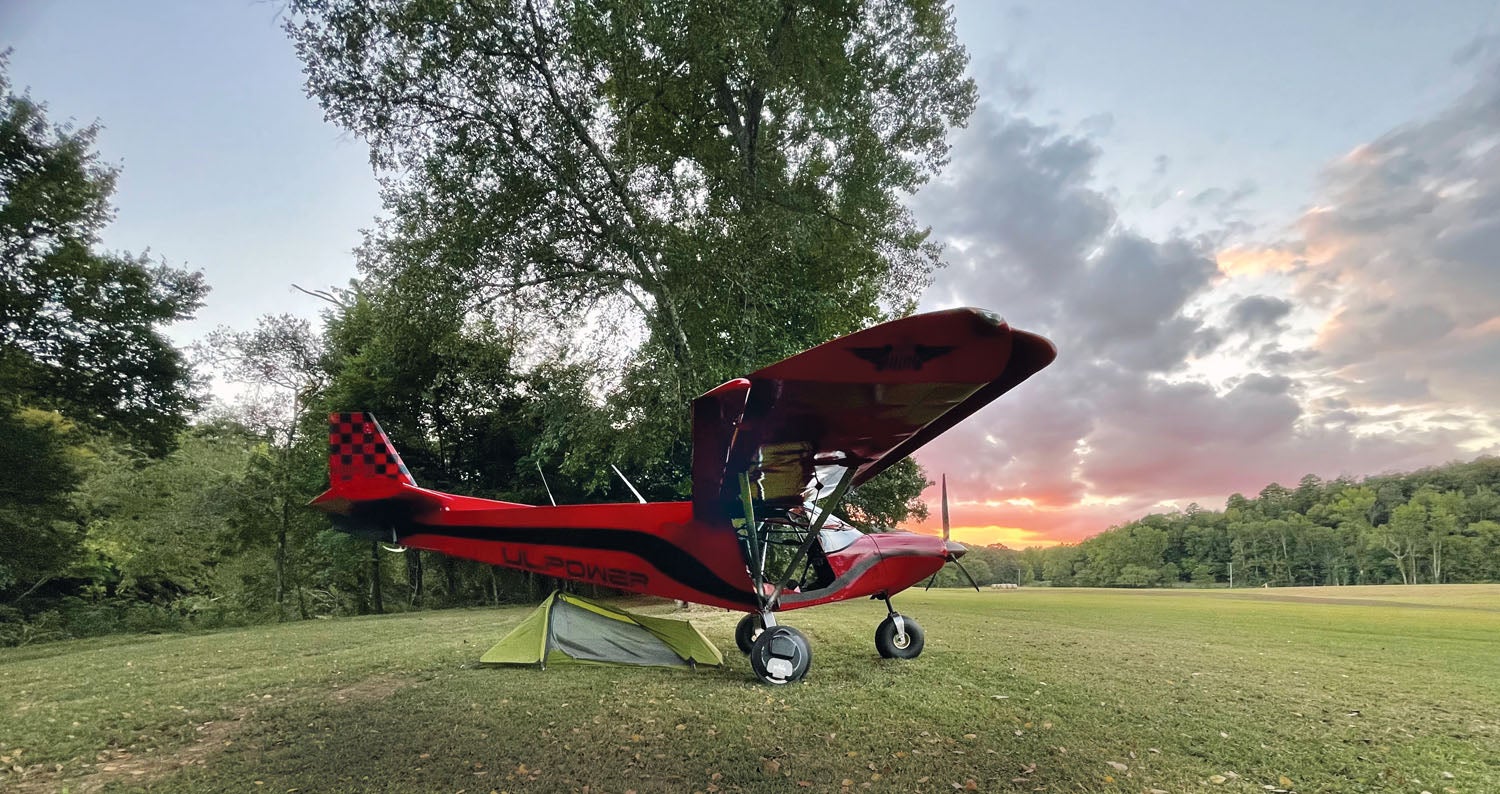
By Jon Humberd with Kate O’Connor
I have been flying the first aircraft I built, the airplane you see above—a Zenith STOL CH 701—for almost four years. As with any build, getting it off the ground was quite a journey. It has been an incredibly rewarding experience and I learned more than one lesson along the way. With any luck, those lessons will help with my second project, just starting to take shape in the shop. This story marks the first installment of my Zenith CH 750 Super Duty build that I’m calling an SDX, for Super Duty Extreme.
One of the most surprising things I discovered after building the 701 was that I am very passionate about the kit aircraft industry and competitive STOL flying. I love interacting with the crowd, raising awareness and creating passions for new people in STOL aviation. All it took to learn that was an airplane and a pilot community that hits just the right balance between support and pushing each other to be our best.
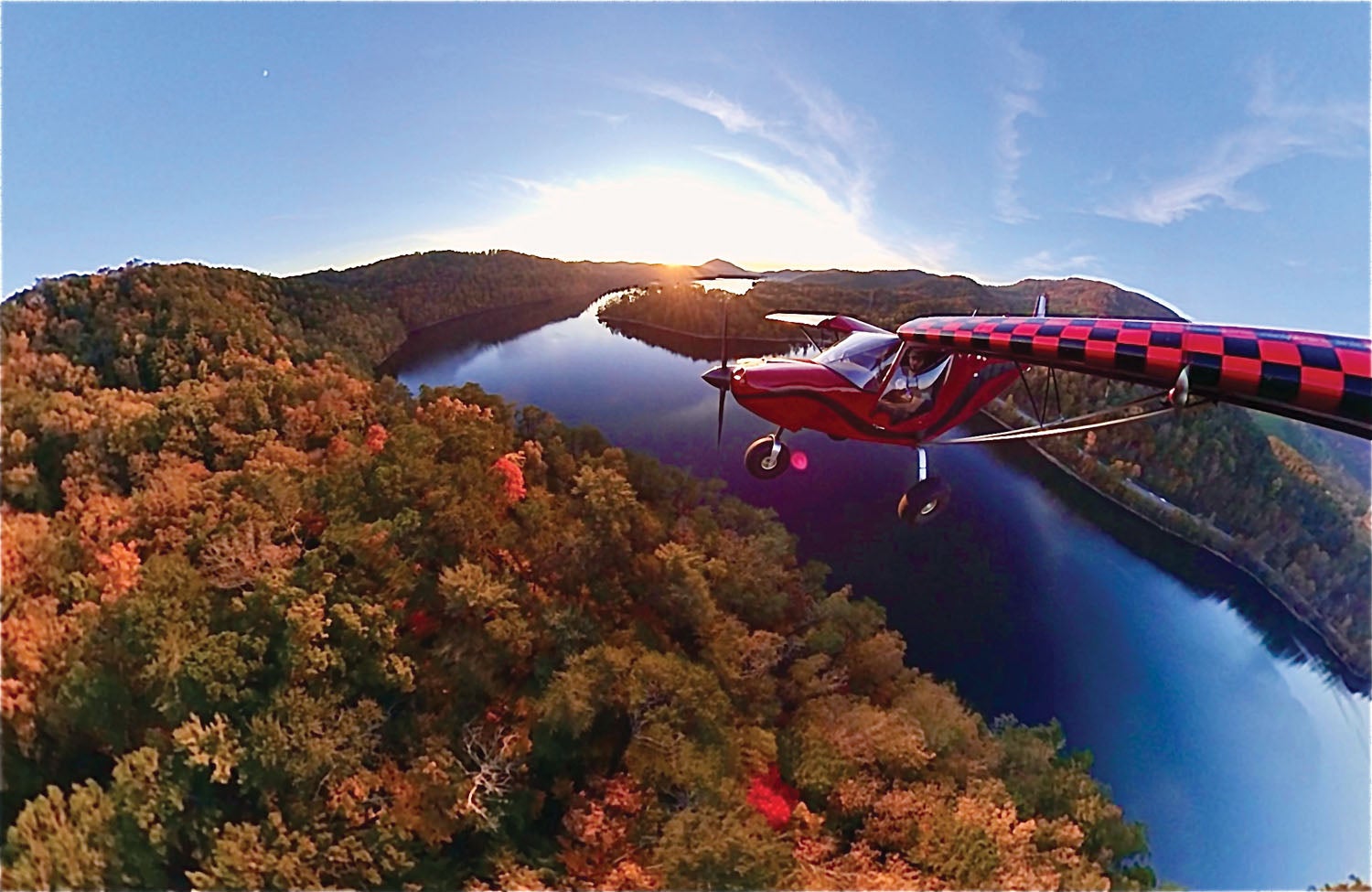
Getting Started
I am a farmer, raising beef cattle and growing row crops like corn, wheat and soybeans on a 400-acre farm in Tennessee. My interest in aviation began when I was young, watching crop dusters working on the farm. That and, like most other future (and current) aviators, running outside to look up whenever I heard an airplane overhead. It wasn’t too long before I got going with flight sims and remote-control aircraft. In 2011, I bought my first ultralight and started flying personally. The private pilot certificate came not long after.
Looking back, there were a number of reasons I came around to the idea of building my own plane instead of buying one. First and foremost, I wanted something that was tailored to the type of flying I planned on doing. I’d also had some experiences with poor craftsmanship and repair work on my ultralight that left me cautious about trusting someone else’s build.
Once my mind was committed to building my first plane, I shopped around for a bit and decided on the Zenith STOL CH 701. I chose the 701 because it fit my “low-and-slow” mission of flying from the farm better than any other aircraft I had looked at. It was also all metal, which would stand up to the conditions—and pests—better than a fabric model. In addition, the 701 had the short takeoff and landing (STOL) performance necessary for the 330-foot grass strip on the farm.
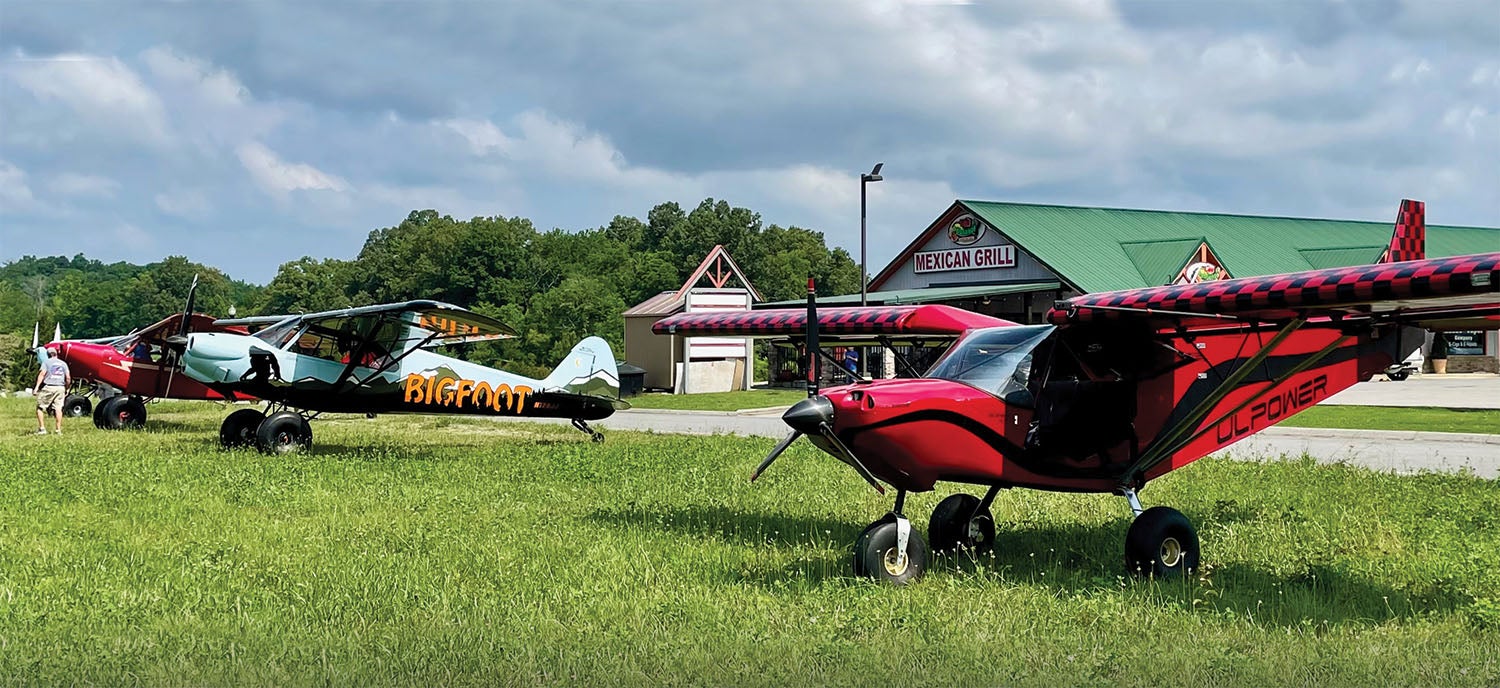
Building the 701
I started building the 701 in the shop on my farm in 2016. The shop, which I put up in 2002, wasn’t originally intended for aircraft construction, but it has proven well-equipped to do an entire build. These days, it is much better organized and capable than it used to be, which helps keep things moving. We even lived in the shop for a while when we were building a home—a project that also happened during the time I was working on the plane.
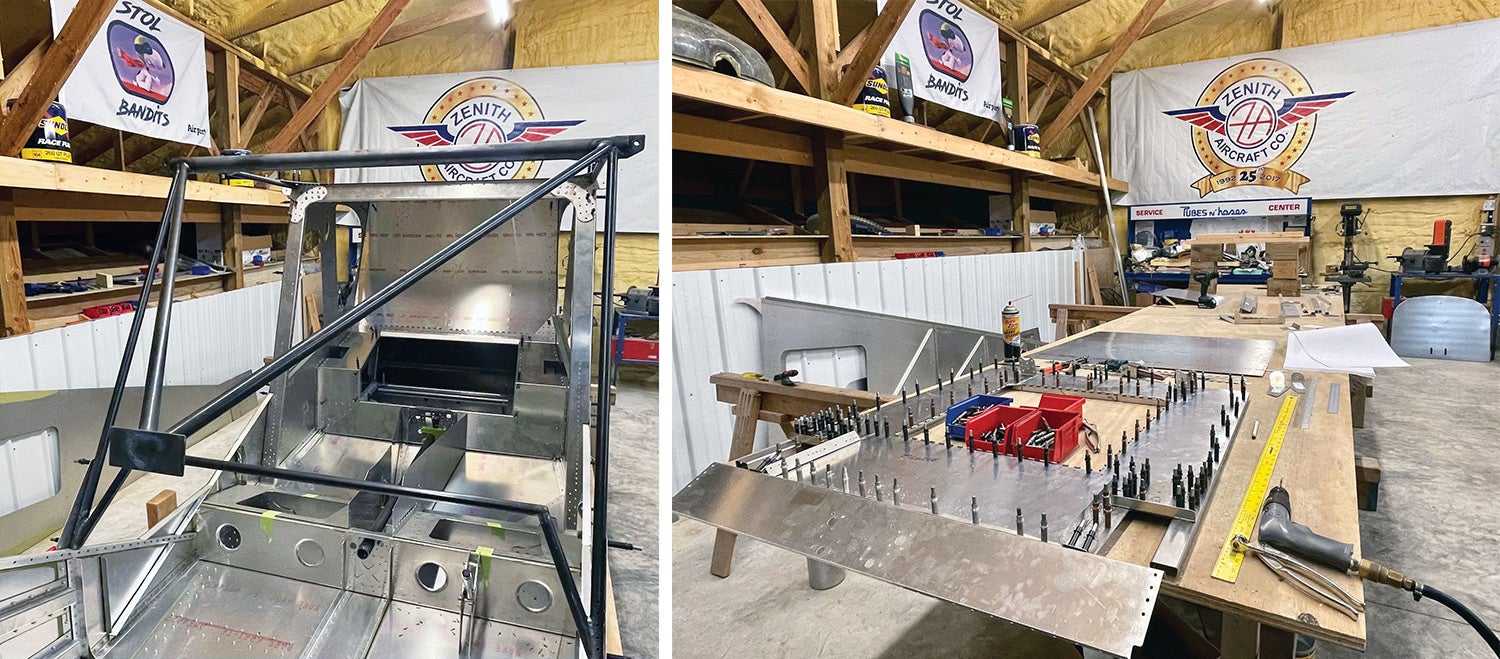
The 701 mostly came together in the hours between midnight and daylight after work on the farm was wrapped up and all the rest of the family was in bed. Although the schedule didn’t do much for being well rested, it worked well for getting the airplane built and off the ground. The engine cowl was probably the trickiest part of the construction. There wasn’t one available for my engine-airframe combination at the time, so it became my first venture into composites. It was quite a project for a first-timer, but it came out well.
Overall, the build took about two years to finish. I flew the airplane, which came to be known as the Super701, for the first time in late 2018. I use it regularly on the farm and have never really needed more than half the strip, even when the airplane is loaded to maximum gross weight.
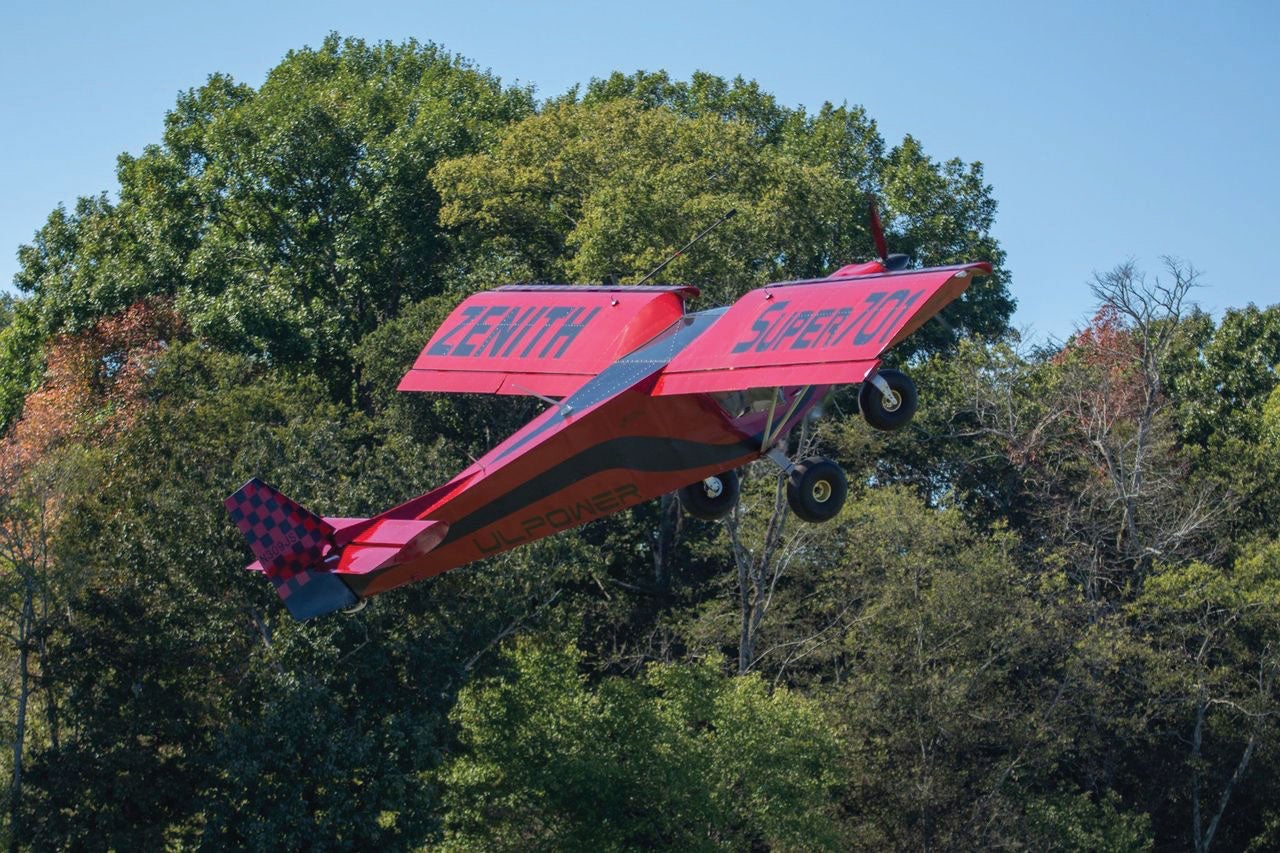
Super701 In Action
Once I started flying and finding some personal comfort with the capabilities of the 701, I wanted to see how it would compare in an event. I had been posting a few videos of the build and first flights, so the airplane was already getting some interest and gaining popularity. I was then invited to an AOPA STOL demo at a relatively nearby airport in Tullahoma, Tennessee, in September 2019.
After I got a taste of the STOL demo event, I immediately knew I wanted more. While there, I met a new local flying friend. Shortly after, myself, this new friend and another local friend got together and started what became the STOL Bandits group. We’ve now grown to a group of over a dozen nationally recognized STOL pilots. We push each other to get out and fly and it is wonderful—the best kind of peer pressure there is.
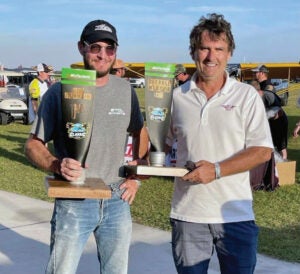
I really didn’t know anything about STOL competitions and had never seen one in person before the first one I competed in. In March 2020, another Bandit and I made our way through terrible weather conditions to our first show in Texas, where we competed in the National STOL’s very first event. I had a fourth-place finish, which did not make the podium, but I was quickly recognized as someone to keep an eye on.
I’ve been competing with the Super701 ever since. My biggest win was at the Sun ’n Fun National STOL competition in December 2021, where I took home first place in my class and also first place overall for the event. Other than that, I have racked up wins at several other STOL competitions, STOL Cross and a local STOL Drag. I have made the podium a few other times and have been a crowd pleaser at many others, including ArkanSTOL.
My 701 was never intended to be flown in competition. It started as a simple passion to fly locally around the farm. There have been zero changes to increase STOL performance since the plane was first built. Even though the Zenith airplanes are considered an entry-level type airplane, they are a very underrated STOL-capable plane and perform extremely well in their stock-built form.
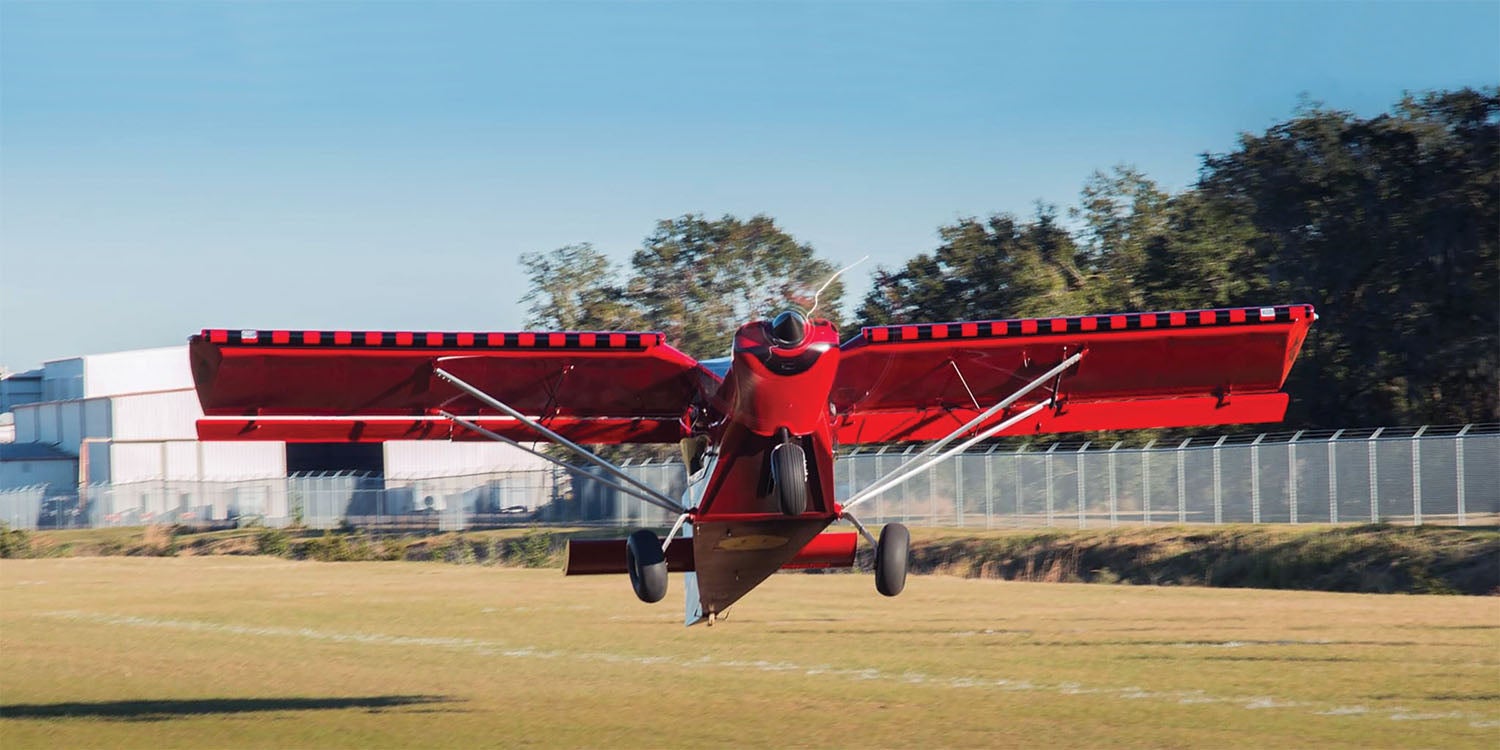
Picking the Next Project
I currently have more than 600 hours on the 701. It has been a great fit for the mission I built it for, but I’ve gotten to a spot in my life where I also want an aircraft with more capacity and capability for my family of three. My experience with the 701 made choosing the airplane to fit that bill much easier.
I went with the Zenith CH 750 Super Duty, which has seating for three and still has the STOL characteristics that I am used to and plan to utilize. I am approaching the build with a wide range of plans and missions in mind, mostly looking to take advantage of the larger size for family and camping. That said, I am sure it will be making an appearance at events and competitions as well.
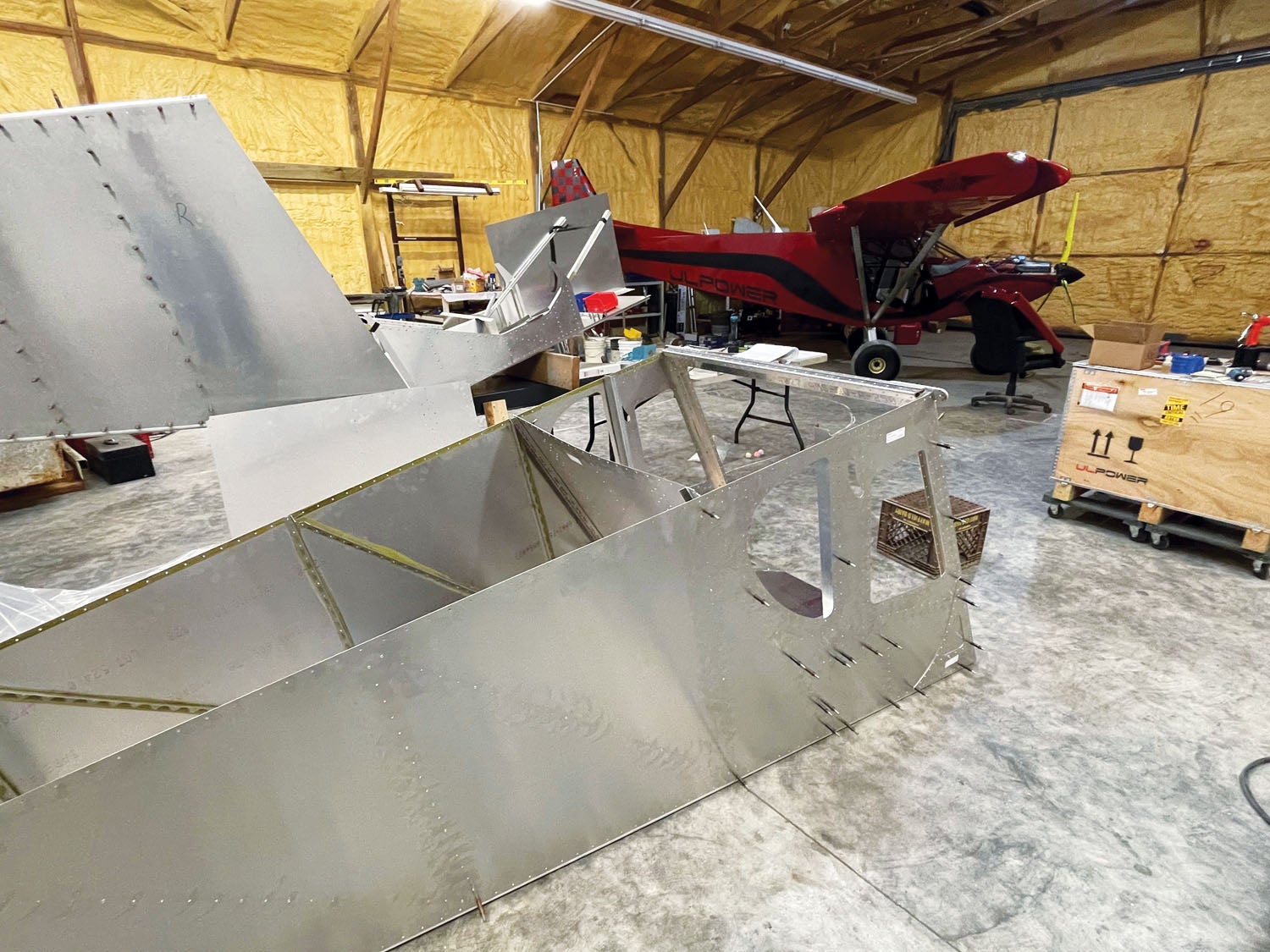
My plan is to build this aircraft mainly stock. Based on the flying I’ve done in the 701, I have a few small ideas for modifications to incorporate, but not many. The stock version is well-proven and there is no need to make major changes for it to meet my needs. Being in the Experimental category gives us builders the great capability of easily making the modifications that we desire.
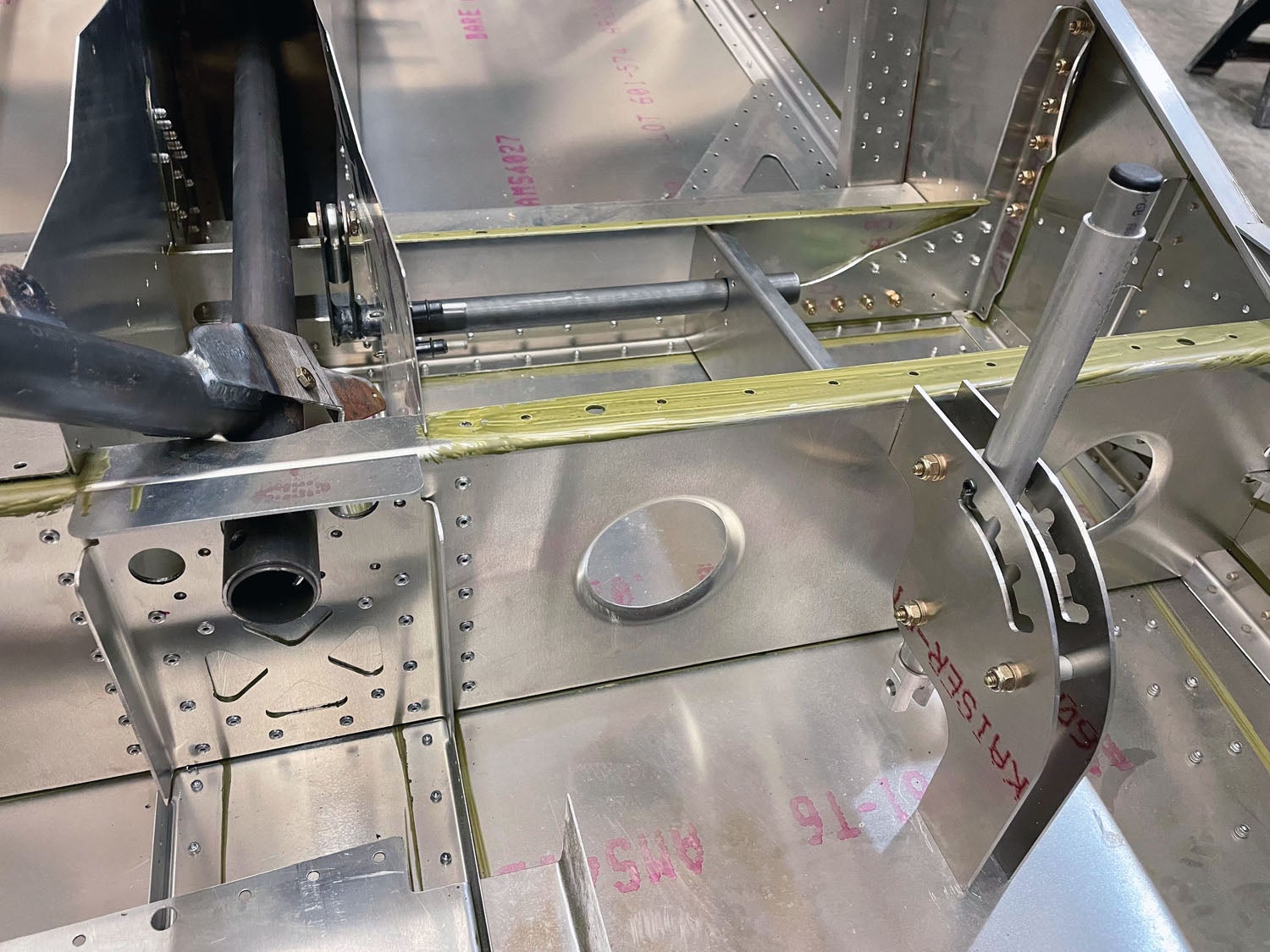
One of the things I am hoping to do is install the new ULPower turbo engine. I imagine that’s going to create a few challenges involving the engine mount and cowl. However, since Zenith is ready to help develop a firewall-forward kit for this setup, I expect it to go rather smoothly.
When it’s finished, the 750 will be flown to shows and events with my family. I also plan to use it as a demonstrator for how capable the Zenith aircraft line really is.
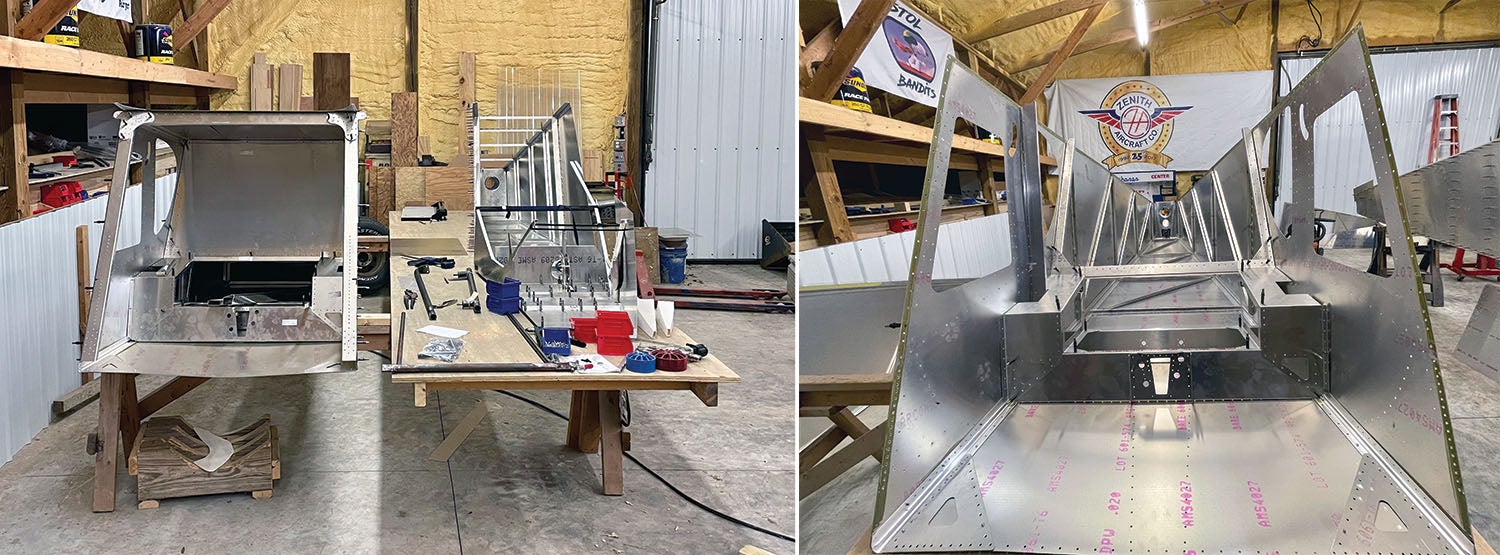
Progress So Far
While my main focus is on building the 750, I actually have two projects in the works at the moment. The back-burner build is a second, highly modified 701, which I’m hoping to use for STOL competition. The 750 build is officially underway, though still in the early stages.
I joined a virtual rudder workshop with Zenith Aircraft and built the first component, the rudder, in November 2020. Especially for first-time builders, the workshops are a great way to get started. It allows the builder to go through the process of constructing a completed rudder with the experts at the company.
Since then, I have been mocking up and constructing the main fuselage with a few of my own tweaks. (I’ll discuss a few of those as we move through this series.) I seem to do my builds a little differently than the standard way. Instead of building the wings and tail first, I build the fuselage. Then, as I build the other components, I am ready to rig them on the fuselage instead of storing them.
So far, the 750 has definitely been a simpler building experience, primarily due to the final-hole-size match-drilled kit quality. Because it is like a bigger brother to the 701, the actual construction is very similar. It’s also easier because it is my second build. As I said, the project is just underway but it feels like it’ll be gaining momentum soon. In the next installment, I’ll get into more detail of the mockups and the actual fuselage construction.
Videos of Humberd’s builds—and some of the fun that can be had with flying a STOL airplane—can be found at www.youtube.com/Super701.













